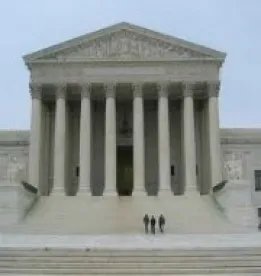As generally understood, the parol evidence rule prohibits the introduction of extrinsic evidence to alter, vary or add to the terms of an integrated agreement. ”Parol” is derived from the French word, “parole” meaning speech. The parol evidence rule came into being as society became increasingly literate. It was then that the written word began to join witnesses as a mode of proof. Eventually, the writing evolved from proof to the operative act itself. When people could generally read and write, society began to expect to hold parties to the written version of a transaction because the parties could control the content of the document. See John Wigmore, A Brief History of the Parol Evidence Rule, 4 Columbia L. Rev. 338 (May, 1904).
But oral testimony can still affect the written word, as was made clear in by the Court of Appeal yesterday in Julius Castle Restaurant, Inc. v. Payne, (Cal. Ct. Appeal Case Nos. A130955, A130957 & A131905, June 10, 2013). In the portion of the case certified for publication, the Court held that parol evidence is admissible as to fraud claims involving sophisticated parties. In reaching this conclusion, the Court relied heavily on the recent California Supreme Court decision in Riverisland Cold Storage, Inc. v. Fresno-Madera Production Credit Assn., 55 Cal.4th 1169 (2013).
The Court states that the parol evidence rule is codified in Civil Code Section 1625 and Code of Civil Procedure Section 1856. Indeed, Justice Robert L. Dondero writing for the Court focused extensively on exception for fraud found in Section 1856(g). However, my former students should recall that the Uniform Commercial Code has its own parol evidence rule found in Section 2202. The UCC provision, moreover, would appear to be applicable to the equipment purchase contract at issue in the case (the case also involved a separate real property lease).
This opinion is a reminder to transactional lawyers that written contracts with integration clauses may not save clients from the admission of prior inconsistent, oral statements.



 />i
/>i

